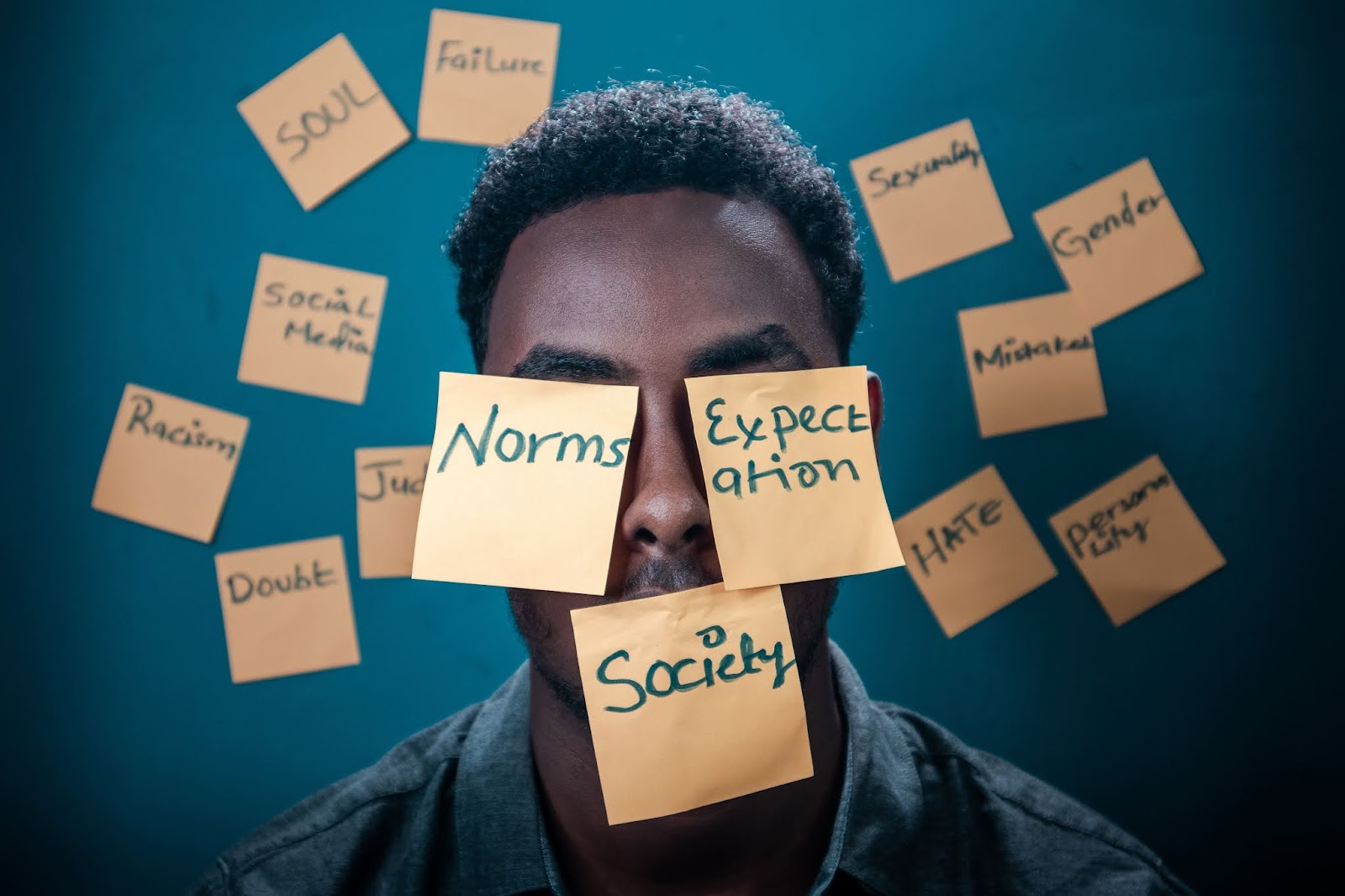
"White as an angel is the English child: But I am black as if bereav'd of light." These are the lines from the poem The Little Black Boy written by William Blake. The little boy is bemoaning his skin as he feels that black equals dark and white equals light. These baseless equations seem to be highly enticing, especially in India. India's ceaseless obsession with fair skin has been a debatable issue for years. Fair skin is still seen as a standard for beauty by a majority of Indians even in this modern era where perspectives matter. Colour shaming has become something so common that it has often been normalized by Indians. They forget the fact that it has the adverse effects of hatred and racism.
Ancient History
There are subtle hints in texts of ancient history that give out the perception that fair skin is superior. In Hinduism, it is said that fair-skinned Aryans who migrated to India had been considered to be superior to black-skinned Dravidians. India had been in the control of Mughals, Persians and British before it has gained its freedom of independent governance. These invaders have instilled the notion of fair skin in the minds of Indians which eventually led them to believe that fair skin is related to power and progress. There's nothing different in the caste system as well. Caste is something that has been dominating India since pre-independence and Indians have never succeeded in taking its deplorable hands off the nation till date. The powerful upper castes were lighter-skinned, generally because they remained inside closed doors most of the time, while the laborious lower castes were mostly prone to the hot sun which made them black-skinned. Europeans even insisted on a notion that light skin led to intellectual success to justify their torture of Africans. The craze for fairness has its roots even from mythology that depicted Rakshasas to be black-skinned and evil, while the countless number of Gods are often fair- skinned in their pictorial representations.
Cosmetic Industry in India
The first fairness cream to be advertised in India is often considered to be Afghan Snow, introduced by E. S. Patanwala in 1909. But India's obsession with fair skin has been further taken forward when Unilever launched a fairness cream called Fair&Lovely which in due course led to a wide range of skin whitening products, cleansers and shower gels. In 2010, India's fairness cream market reached a worth of 432 million dollars, according to a report by the marketing research firm, Nielsen Corporation and it was estimated to be growing at the rate of 18% per year. The global skin whitening industry is worth up to 10 billion dollars and it is not a matter of surprise that India is a huge part of its investment.
Advertising in India
The myriad of advertisements in India propagates the idea of fair skin for desirability, success and beauty. Cricketers and movie stars are shown to be regularly endorsing skin whitening products. It is often considered women to be obsessed with fair skin. But it is later found that men are also equally devoted to skin whitening creams. In 2005, Emami launched a fairness cream for men, Fair & Handsome and it was highly popular among men.
Dangers of Skin whitening
The skin whitening treatments have a general tendency to tamper with the skin's natural ability to produce melanin that gives skin, hair and eyes their colour. Such treatments can cause skin bleaching, thinning of the skin, uneven colour loss, acne and even skin cancer. It has been found that even mercury is used in fairness creams that can alter the production of melanin and can cause kidney failure. Use of chemical peel that can remove the upper layer of the skin can cause damaging effects. There is still immense pressure on models and celebrities to look "fairer and flawless" when they make public appearances. This, in turn, makes negative impressions on young girls that prompt them to take any measures to attain fair skin, by adopting myths and beauticians.
Changing attitudes
'Dark is Beautiful' was a campaign launched in 2009 that propagates the idea of beauty beyond colour. The Bollywood actor, Nandita Das who has often been called out for her skin colour, joined hands with the venture that encouraged people to share their stories of skin colour bias. In 2014, the Advertising Standards Council of India banned the advertisements depicting the inferiority of black skin even though the creams are still marketed. Several celebrities came forward to encourage people to embrace their natural skin by refusing to endorse fairness creams. The South Indian actress, Sai Pallavi has been applauded as well as criticised for her bold decision to not endorse a fairness cream worth about 2 crores. When Nina Davuluri became the first Indian-American to win Miss America in 2014, she had faced several criticisms for having black skin, even from India. But recently when Anukeerthy Vas won her Miss India title in 2018, people started to doubt a change in India's obsession with fair skin.
Conclusion
Attitudes towards black and dusky skin have been starting to change as people become more confident in their skin. Thanks to education and social media. Yet it is sad that even over 70 years after independence, India is still clinging on to a hangover from its colonial fetters.
- Written By Chandana J. S.
- Edited By: Harshit Agarwal
Want to join the Eat My News's global community? Here is an opportunity to join the Board of Young Leaders Program by Eat My News. Click here to know more: bit.ly/boardofyoungleaders







.jpeg)


.JPG)
0 Comments